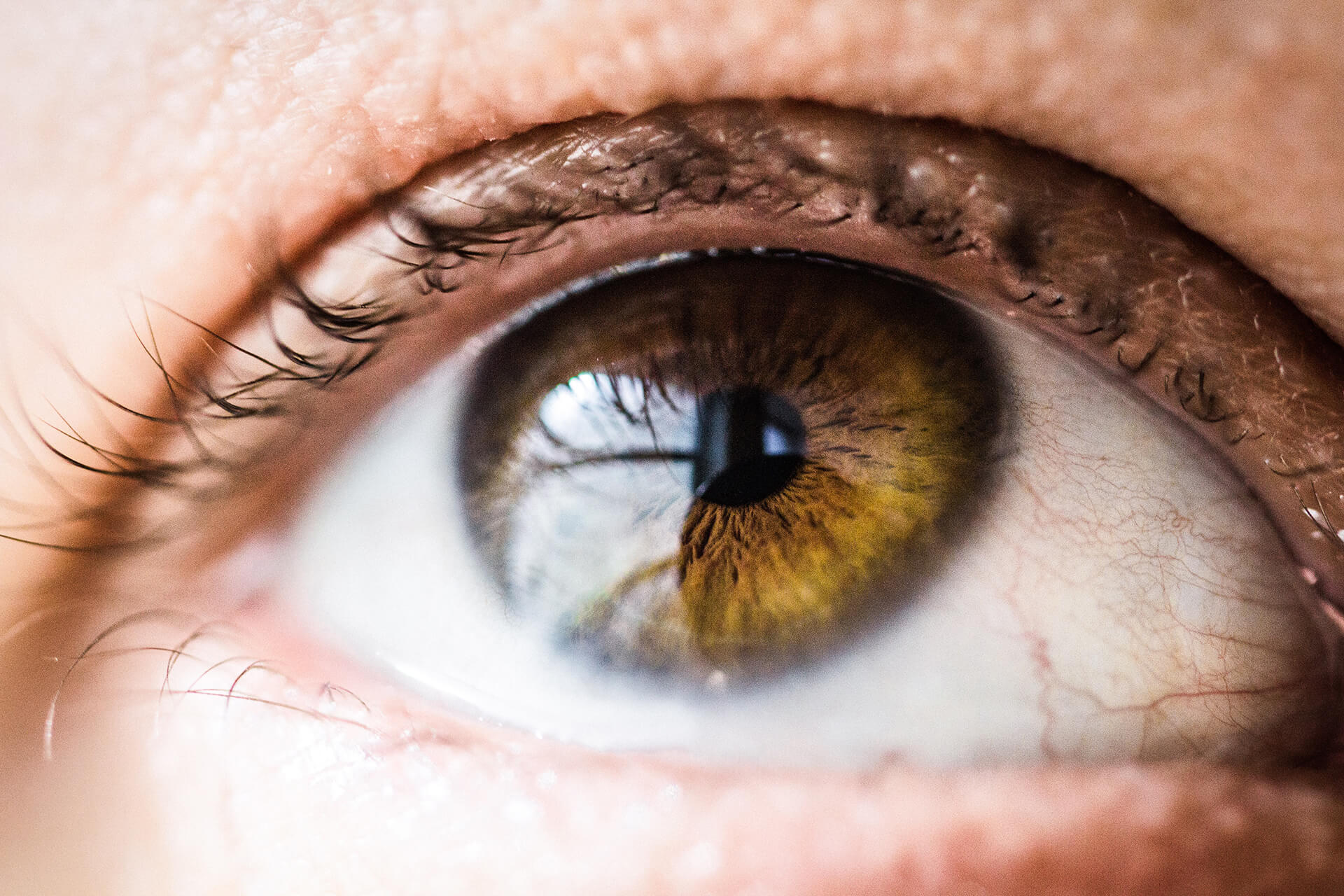The last three decades saw a significant increase in patients complaining about pain and discomfort caused by dry eye prompting them to seek professional help. On a global scale, it has been observed that its prevalence is so huge that experts finally dubbed it as a disease making it clinically known as Dry Eye Disease or DED.
In fact, in 2015, the Tear Film & Ocular Surface Society in Boston, Massachusetts in the US, launched the Dry Eye Workshop (DEWS) Report which aimed to provide more detailed information for the proper diagnosis and management techniques of DED. You can read more about this report from here.
For the general public, it is advisable to be aware of what dry eye disease is. A common mistake that we encounter is that patients either downplay or disregard the symptoms when the signs are already there. Remember, early detection is key when it comes to proper eye care and the sooner that an optometrist conducts a proper eye examination, the sooner that he or she can provide the proper treatment as well. Here are some important facts that you need to know about Dry Eye Disease.
1. The basics of DED.
There are three types of tears: basal, reflex, and emotional. Basal tears are the ones that are constantly present in the eye making it moist and nourished. Reflex tears are the ones produced by irritation or an external stimulus like dust, fumes, and other irritants. The last type is the emotional tears, a result of when hormones are active whilst experiencing an emotion.
As you can see, there are several factors by which tears can be produced. A healthy eye should have enough moist enabling you to see clearly without any pain or discomfort. If there is not enough moist or tears, the tear film protecting the surface of your eye could be unstable which could lead to DED. Dry eye then is a condition in which the eye is not sufficiently lubricated and nourished.
Dry eye may sound minor for the majority but know that millions are affected by it worldwide. Here in Australia alone, one in five adults has experienced DED at some point. This number is expected to increase as our dependency on digital screens and smart devices have surged exponentially as well.
2. Risk factors.
Consistent factors are age, sex, race, computer use, contact lens wear, certain environmental conditions (such as pollution, low humidity, and sick building syndrome) and medication use (for example, antihistamines, antidepressants, anxiolytics, and isotretinoin). Other factors that can add to the risk of developing dry eye are diabetes, corneal diseases, refractive surgery, allergic conjunctivitis, the use of certain eye drops, blue light exposure, Vitamin A deficiency, arthritis, viral infection, thyroid disease, psychiatric conditions, diet that is low in omega-3 fatty acids, smoking, and other medications.
It is helpful to note too that DED is common amongst adult females especially those in the menopausal stage. However, DED can still affect both male and female patients of different ages.
3. Serious conditions that can cause dry eye disease.
People suffering from Bell’s Palsy and Parkinson’s disease often develop dry eye disease. These illnesses decrease their capability to blink exposing their eye surface to air. Consequently, this dries up the tears needed by their eye.
4. Dry eyes can lead to excessive tearing.
Many people are perplexed when their optometrist tells them that they have dry eye yet what they see, and feel is excessive tearing. The problem is not that there aren’t enough tears but that they don’t have the correct quality of tears. For some people, dry eye can be a short-term problem brought by an environmental factor such as smoke or wind. For others, it can be a chronic, long-term problem requiring immediate treatment so that vision and/or comfort are not affected.
5. There is a correlation between dry eye and the seasons.
Dry eye usually occurs during spring and winter due to low humidity. We should also be extra cautious during summer when there are chances of too much exposure to the sun. Moreover, since we know that dry eye can be the result of an infection or allergy, we should take note of the proper eyewear and protective gears needed for every season.
6. Symptoms of dry eye.
Watch out for:
- Excessive tearing
- Stinging or burning eyes
- Itching
- Scratchiness
- Stingy mucus in or around the eyes
- Excessive eye irritation from smoke or wind
- Difficulty wearing contact lenses
- Brief or on-going blurring a vision that may change each blank
If you experience any of these, be sure to visit your optometrist immediately.
7. How to treat dry eye disease.
Do not self-diagnose and self-medicate. Anyone experiencing any of the symptoms above should refer to an optometrist to receive a proper eye test.
Be prepared to be asked for questions about your medical history, family health background, your job, your daily routine, your usual activities, the medications that you take, and many more. All of these are necessary to give the optometrist a clear view of factors that might be causing dry eye disease.
The common treatments provided depending on the results of your eye test are:
- Eye drops – there is a huge range of eye drops that may be prescribed by your optometrist.
If you are suspecting dry eyes, do not buy unless advised and strictly follow your
prescription. Using the wrong type might even cause for your condition to get worse. - Artificial tears and lubricants – aid mild types of dry eye disease. Again, your optometrist will
be the one who will advise if this is the best treatment for you. - Punctual plugs – is a small sterile-device inserted into the tear duct of the eye so that tears
remain on the surface of the eye. - Surgery – some cases of dry eye disease need surgery. This is usually done by an eye
surgeon or an oculoplastic surgeon. Your optometrist will refer you to one after the initial
eye test done to confirm the underlying case causing your dry eye disease.
8. Prevention is best.
As is with any medical condition, prevention is always best. Check if you are including enough sources of omega-3 fatty acids in your diet. This helps in the production of tears that are good to moisten and nourish the surface of your eyes. Eat lots of green, leafy vegetables and a variety of fruits too. Also, drink plenty of water.
When going outdoors, wear protective sunglasses with UV protection. If you need a new pair, visit us and we will help you choose the one that best fits your lifestyle.
Lastly, we always remind on the importance of getting regular eye tests. Changes in your vision or the occurrence of potential eye problems could happen before you know it and the best way to check these changes is through a comprehensive examination done by your optometrist.


